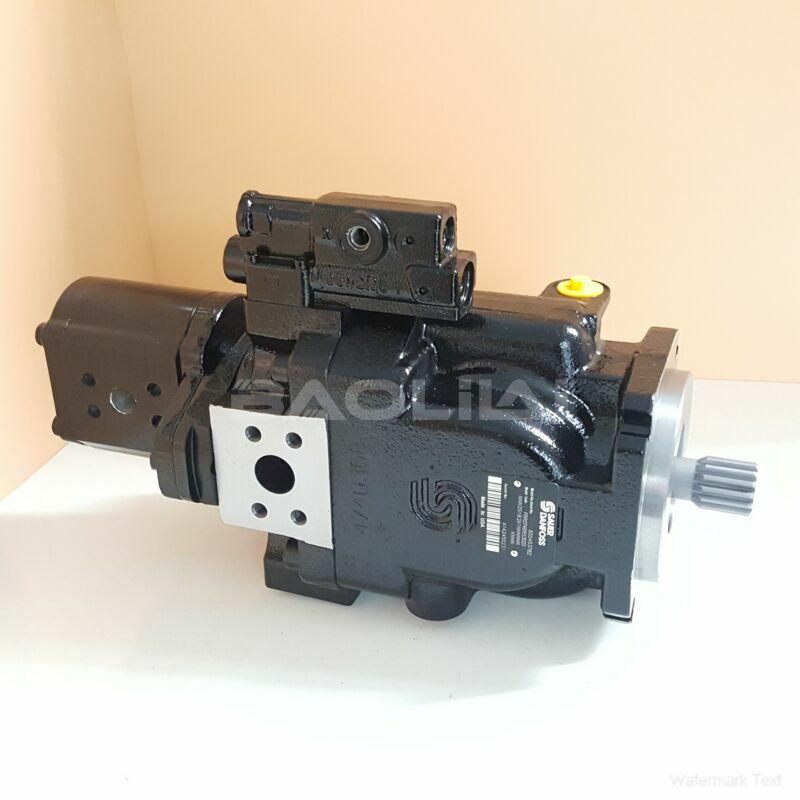FRL090CAG1910NNN3S1A2A1NNNNNNNNNN danfoss pump
FRL090CAG1910NNN3S1A2A1NNNNNNNNNN danfoss pump

- Product Details
- Applicable Scene
As the world grapples with climate change and the urgent need for sustainable energy solutions, geothermal energy has emerged as a promising alternative to fossil fuels. With its potential to provide a continuous and stable supply of energy, the role of high-pressure pumps in geothermal systems is becoming increasingly critical. This article explores the future of high-pressure pumps and their applications in the rapidly expanding field of geothermal energy.
FR-L-090C-AG-19-10-NN-N-3-S1A2-A1N-NNN-NNN-NNN
FRL090CAG1910NNN3S1A2A1NNNNNNNNNN
Geothermal energy harnesses the Earth’s internal heat to generate electricity and provide direct heating. The process typically involves drilling deep wells to access hot water or steam trapped beneath the Earth’s surface. High-pressure pumps are essential for moving these fluids efficiently from the reservoir to the surface and transporting them to power plants or direct-use applications. As geothermal projects grow in both number and scale, the demand for high-pressure pumps that can operate under extreme conditions has intensified.

83010048
One of the significant challenges facing geothermal energy extraction is the corrosive nature of geothermal fluids, which can contain dissolved minerals and gases that may damage pumps over time. The future of high-pressure pumps lies in the development of advanced materials and coatings that can withstand these harsh conditions. Innovations in materials science are paving the way for pumps that are not only more durable but also more efficient, thereby enhancing the overall performance of geothermal systems.
Furthermore, as the geothermal energy sector evolves, so too will the technology behind high-pressure pumps. Smart pumps equipped with sensors and predictive maintenance capabilities are poised to revolutionize the industry. These advanced systems can monitor parameters such as pressure, temperature, and flow rate in real-time, enabling operators to anticipate failures before they occur. This proactive approach not only extends the lifespan of the pumps but also reduces operational downtime and maintenance costs.





